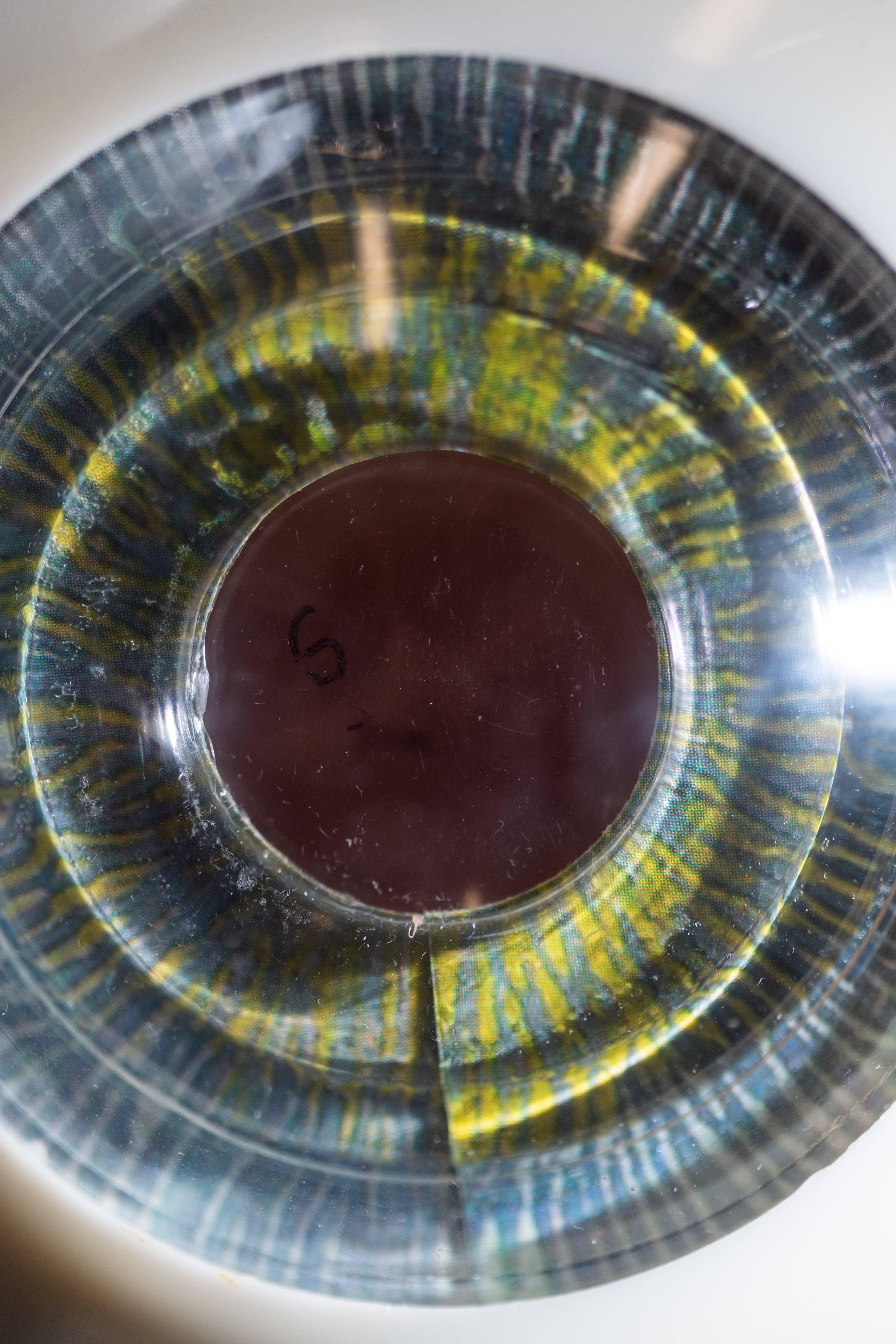Retina 101: The Tiny Powerhouse of Vision

Every day, our lives are filled with countless images, both mundane and extraordinary. From the vibrant hues of a sunset to the black-and-white print in the pages of a book, all of it is made possible because of the retina.
What Is the Retina?
The retina is a thin layer of photoreceptive tissue that lines the back of the eye. When light enters the eye through the lens, the retina receives the light and converts it into electrical neural signals, which it sends to the brain via the optic nerve. The brain organizes the signals and transforms them into an image.
Retinal Anatomy
The retina consists of several different parts, including:
- The macula – the pigmented central portion of the retina that controls our central vision
- The peripheral retina – the area outside the macula
- The fovea – the indented area that lies at the very center of the macula
The photoreceptive cells contained within the retina are known as rods and cones. Rods are located in the peripheral vision and make it possible for us to see out of the sides of our eyes. They are also responsible for night vision. Cones are located in the macula and are the cells that allow us to see in fine detail and identify colors. This functionality contributes to many things we do every day, such as reading, driving, and recognizing faces.
For the retina to work properly, it requires a steady supply of oxygen and blood. As such, the retina has its own vasculature system that consists of arteries, veins, and branches. The main parts of the retina vasculature system are the central retinal artery and the central retinal vein.
Common Retina Issues
While the retina is powerful in terms of our ability to see, it’s also vulnerable to a wide range of conditions. Some of the most common retina conditions include:
- Age-related macular degeneration (AMD) – a condition in which the macula deteriorates as we get older; in some advanced cases, this leads to permanent vision loss
- Diabetic retinopathy – a complication of diabetes in which high levels of blood sugar damage blood vessels in the retina
- Retinal vein and artery occlusions – a condition in which the central retinal artery, veins, or branches become blocked
- Retinal tears – a condition in which the vitreous fluid inside the eye pulls on the retina and causes a tear
- Retinal detachment – an emergency situation in which the retina tissue has been pulled away from the back of the eye
How Can I Keep My Retina Healthy?
There are several things you can do you keep your retina in good shape, including:
- Eating a healthy diet
- Not smoking
- Engaging in regular physical activity
- Protecting your eyes from the sun
- Being aware of common retina problem symptoms, such as eye floaters, flashes, blurriness, or distorted vision
- Keeping up to date with your eye checkups
For more information on retinal care in Long Island and Queens, New York, contact Vitreoretinal Consultants of NY.


